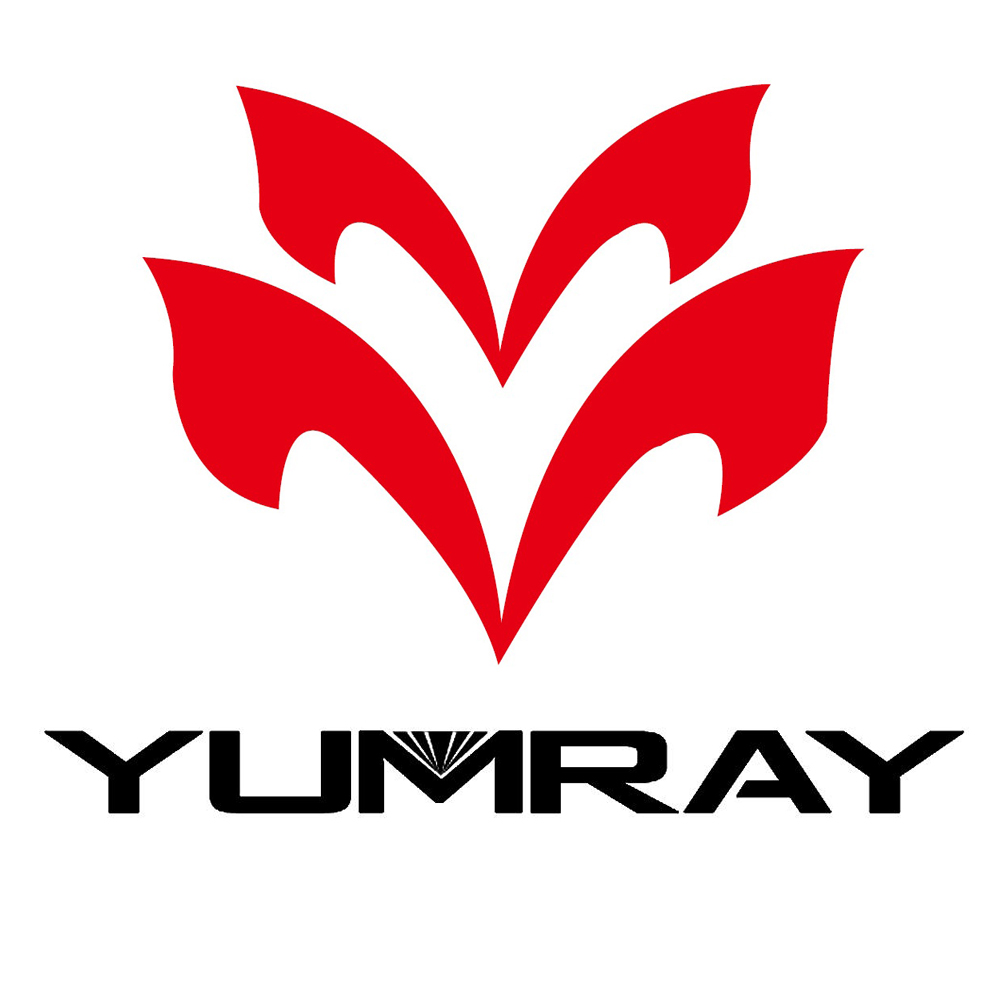Tariff Whiplash: Mexico & Canada Plans Paused

Lighting sector faces precarious uncertainty amid shifting tariff policies
The lighting industry was bracing for a significant shake-up as new tariffs on imports from Canada, Mexico, and China were set to take effect. The situation escalated on Saturday, February 1, when U.S. President Donald Trump enacted a sweeping tariff plan. However, by Monday morning trade policy took an abrupt turn.
At around 10 a.m. EST on Monday, just a couple of hours into the workday, the U.S. government paused tariffs for Mexican imports. Later in the day, a similar 30-day delay was granted for imports from Canada. Despite these developments, the 10% tariff on Chinese goods remained in place, and at 12:01 a.m. EST today increased tariffs on Chinese imports seemingly took effect.
Market Reaction: Relief, Uncertainty, and Strategic Adjustments
The uncertainty surrounding tariff implementation forced many stakeholders in the lighting industry to reconsider pricing strategies. While some manufacturers had contingency plans in place, the unpredictability of trade policy required rapid recalibration.
- One manufacturer assembling products in Canada opted to list tariff costs as a separate line item in the pricing structure of project quotations. This approach allows for immediate adjustments if tariffs are reinstated, ensuring customers are informed of potential cost fluctuations.
- While the pause on tariffs for Canada and Mexico offered temporary relief, manufacturers importing from China had no such reprieve. At least two U.S.-based lighting brands heavily reliant on Chinese-sourced components have already signaled imminent price increases to its agent partners.
Price adjustments for a lighting manufacturer are rarely straightforward. Unlike a simple percentage increase applied across a spreadsheet, tariff-related costs require a detailed recalibration of enterprise resource planning (ERP) systems such as Oracle and SAP. These adjustments ripple through manufacturing costs, supply chain logistics, and customer pricing models, making implementation a resource-intensive process.
The lighting industry finds itself in a "holding pattern," waiting for clearer direction on U.S. trade policy. While the 30-day pause provides temporary relief, it does not eliminate the risk of future tariffs. Companies must continue to navigate price volatility, supply chain disruptions, and shifting regulatory landscapes.

